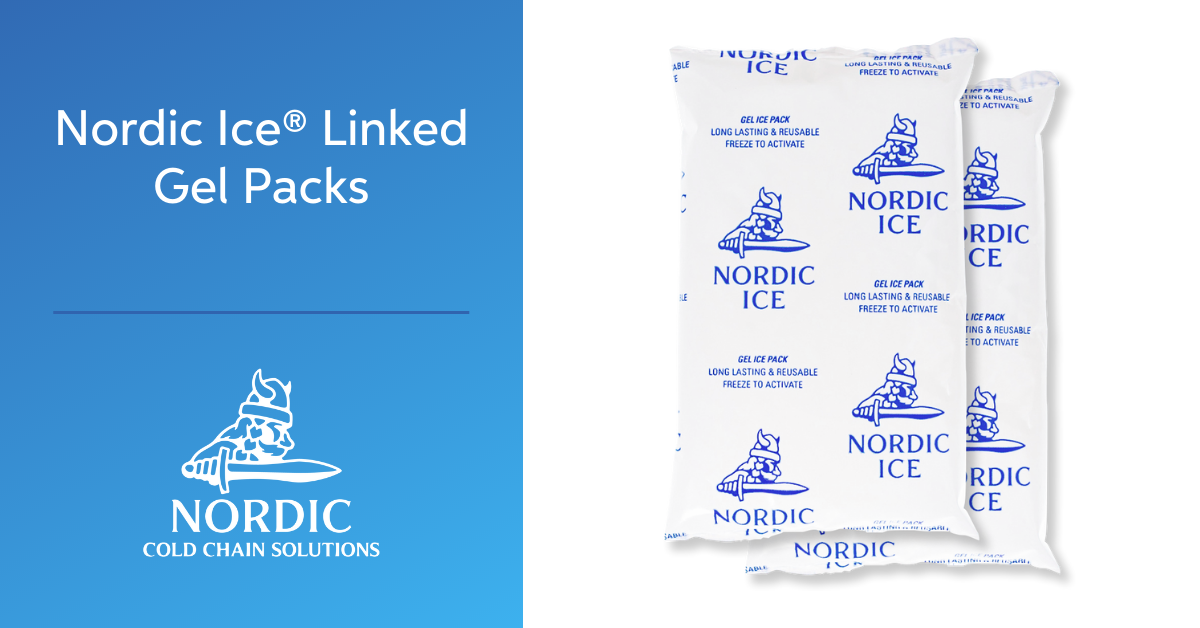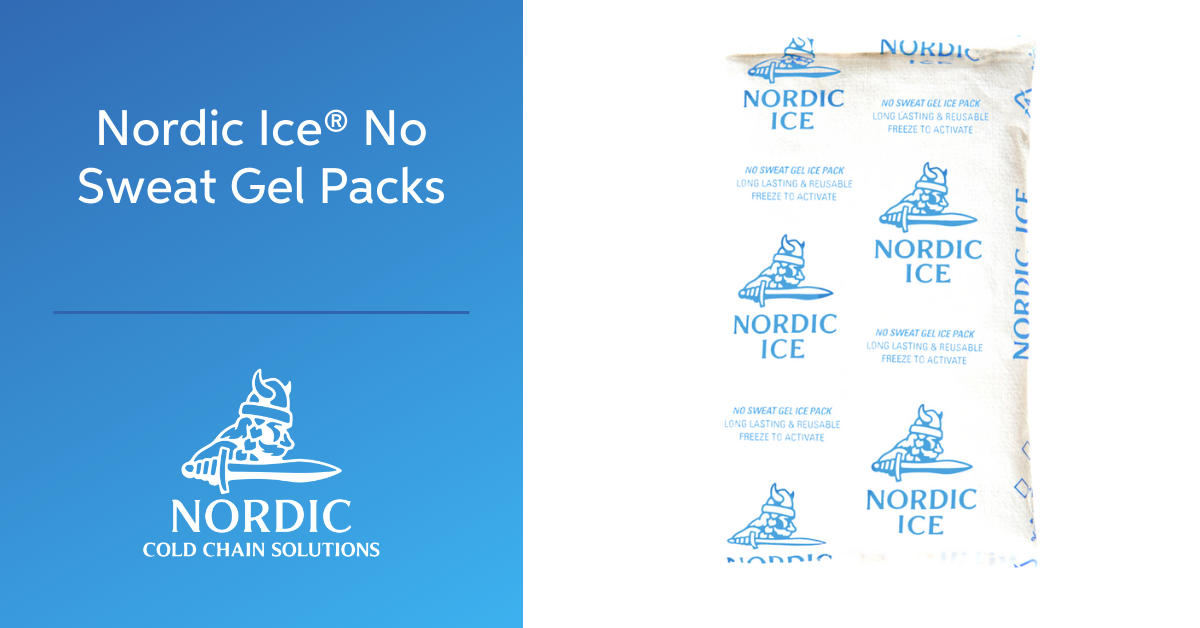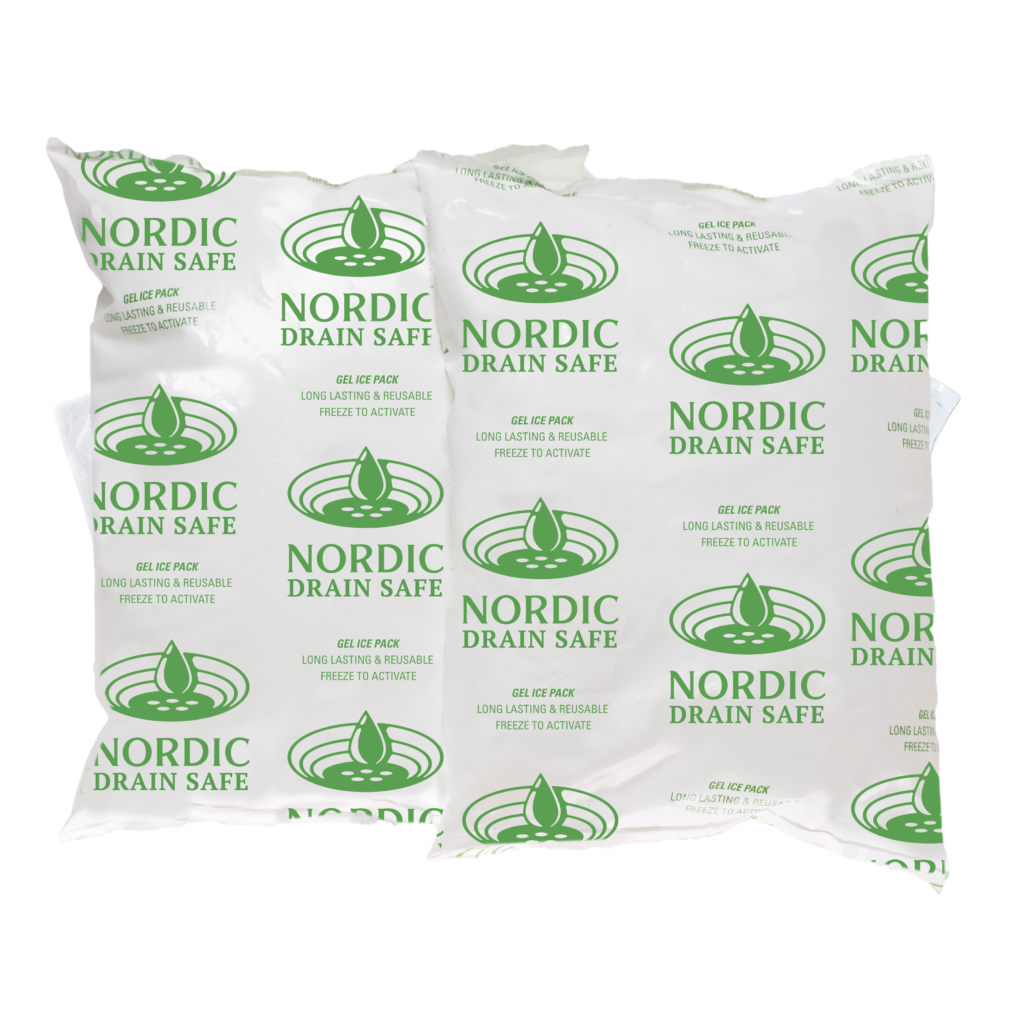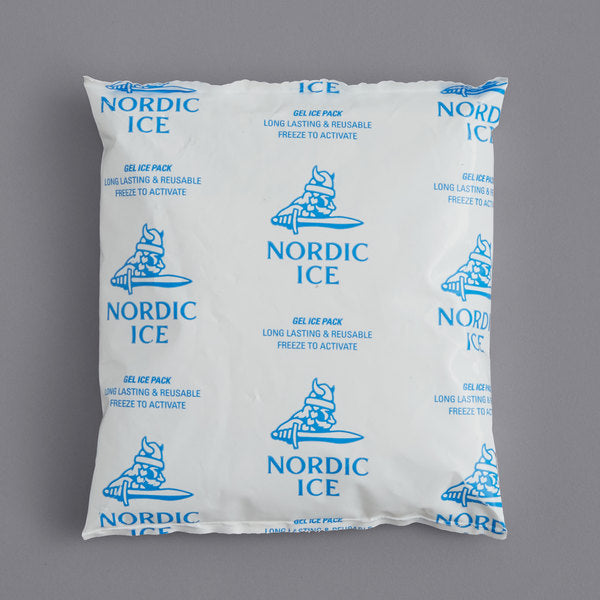Can You Reuse Nordic Ice Packs
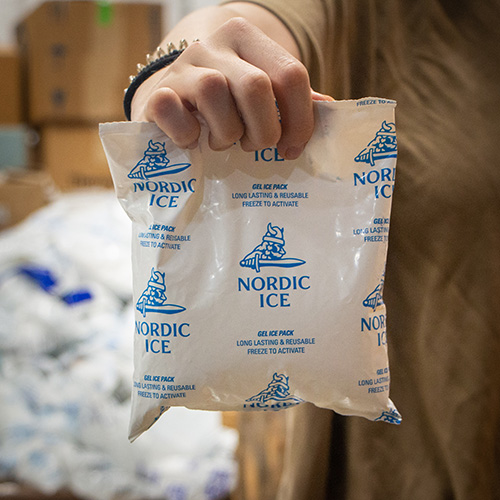
Imagine this: the sun is blazing, the picnic basket is packed with delicious treats, and the cooler, your trusty companion, is brimming with ice-cold drinks. Nestled among the sandwiches and salads are those familiar blue Nordic Ice packs, diligently keeping everything chilled. But as you unpack after a delightful day, a question lingers: can these ice packs be used again, or are they destined for the trash?
The answer, thankfully, is a resounding yes! Reusing Nordic Ice packs isn't just possible; it's a smart, eco-conscious choice. This article delves into the world of reusable ice packs, specifically focusing on Nordic Ice, exploring their composition, safe handling, and the environmental benefits of making the most of these cooling champions. We'll uncover the best practices for keeping your food fresh, your planet happy, and your wallet a little heavier.
The Chill Behind Nordic Ice
Nordic Ice packs, like many reusable ice packs, are designed to be frozen and thawed repeatedly. Their primary function is to maintain a low temperature inside coolers and insulated containers, keeping food and beverages cold for extended periods. Unlike regular ice cubes, they don't melt into water, preventing soggy sandwiches and diluted drinks.
But what exactly is inside these magical cold keepers? Most Nordic Ice packs contain a non-toxic, water-based gel or polymer. This gel has a higher freezing point than water, allowing it to stay frozen for longer. Crucially, the materials used are formulated to be safe for contact with food, provided the packaging remains intact.
Composition and Safety
The specific composition of Nordic Ice packs can vary depending on the product line. However, they are generally made with polyethylene (HDPE or LDPE) plastic casing. Inside, you'll find a hydrogel, often a cross-linked polymer, which absorbs water and forms a gel-like substance.
It is important to note that while the gel is non-toxic, it is not intended for consumption. If a pack is damaged and the gel leaks, it should be cleaned up carefully. Contact with skin or eyes should be rinsed thoroughly with water. If ingested, contact a medical professional.
According to Nordic Ice's official website, their products are designed with safety in mind, adhering to strict manufacturing standards. Consumers can usually find material safety data sheets (MSDS) on the company's website or by contacting their customer service, providing detailed information about the product's composition and safe handling practices.
Reusing: A Simple Guide
Reusing Nordic Ice packs is straightforward. After use, simply wash the exterior of the pack with soap and water, dry it thoroughly, and place it back in the freezer. Allow ample time for the gel to refreeze completely before the next use.
For optimal performance, store the ice packs flat in the freezer. This helps to ensure even freezing and prevents bulging or warping of the pack. Depending on the freezer's temperature and the size of the ice pack, refreezing can take anywhere from 4 to 24 hours.
It's also essential to inspect the ice packs regularly for any signs of damage, such as cracks, leaks, or discoloration. Damaged packs should be discarded properly to prevent potential contamination or exposure to the gel.
Best Practices for Longevity
To extend the life of your Nordic Ice packs, handle them with care. Avoid dropping them or subjecting them to excessive pressure, as this can weaken the seams and lead to leaks. Store them away from sharp objects that could puncture the plastic casing.
When packing your cooler, arrange the ice packs strategically to maximize their cooling effect. Placing them on top of the food and beverages, as well as along the sides, helps to ensure even temperature distribution. Remember that the cooler itself plays a vital role in insulation, so choose a high-quality cooler for the best results.
If you're using Nordic Ice packs for medical purposes, such as keeping medications cold, always follow the specific instructions provided by your healthcare professional or pharmacist. Monitor the temperature of the medication carefully to ensure it remains within the recommended range.
The Environmental Angle
Reusing Nordic Ice packs is a small but significant step towards reducing environmental impact. By extending the lifespan of these products, we can minimize the amount of waste sent to landfills. Furthermore, producing new ice packs requires energy and resources, so reusing existing ones helps to conserve these valuable assets.
Consider the alternative: single-use ice packs or even just using bags of ice. These options contribute to plastic waste and water consumption, respectively. Reusable ice packs offer a more sustainable solution.
Many companies, including Nordic Ice, are also exploring more environmentally friendly materials for their products, such as bio-based plastics and biodegradable gels. These innovations hold promise for further reducing the environmental footprint of cooling solutions.
Responsible Disposal
Even with proper care, Nordic Ice packs will eventually need to be replaced. When it's time to dispose of them, check with your local recycling center for guidance. Some facilities may accept the plastic casing for recycling.
If recycling is not an option, dispose of the ice pack in the trash. While the gel is non-toxic, it's still important to prevent it from entering waterways or ecosystems. Consider contacting your local waste management authority for specific recommendations on proper disposal practices.
Nordic Ice may also have take-back programs or recycling initiatives in place. Check their website or contact customer service for more information on responsible disposal options.
Beyond the Picnic: Versatile Applications
Nordic Ice packs aren't just for picnics and BBQs. They have a wide range of applications, from shipping perishable goods to treating minor injuries. Their versatility makes them a valuable asset in many situations.
In the medical field, they're commonly used to keep vaccines and medications at the required temperature during transportation. They're also a convenient way to apply cold therapy to sprains, strains, and other injuries.
Businesses that ship temperature-sensitive products, such as food, pharmaceuticals, and cosmetics, rely on Nordic Ice packs to maintain the integrity of their goods during transit. Their consistent cooling performance and reusability make them a cost-effective and reliable solution.
A Cool Conclusion
So, can you reuse Nordic Ice packs? Absolutely! By embracing this simple practice, you're not only saving money but also contributing to a more sustainable future. Remember to handle them with care, inspect them regularly, and dispose of them responsibly when the time comes.
The next time you reach for a Nordic Ice pack, take a moment to appreciate its ingenuity and its potential to make a positive impact. It's a small item, but with a little care, it can make a big difference.
Ultimately, the simple act of reusing these convenient cooling devices underscores a larger lesson: that even small, conscious choices can have a significant cumulative effect on the environment and our world. Let's all do our part to keep things cool, in every sense of the word.
